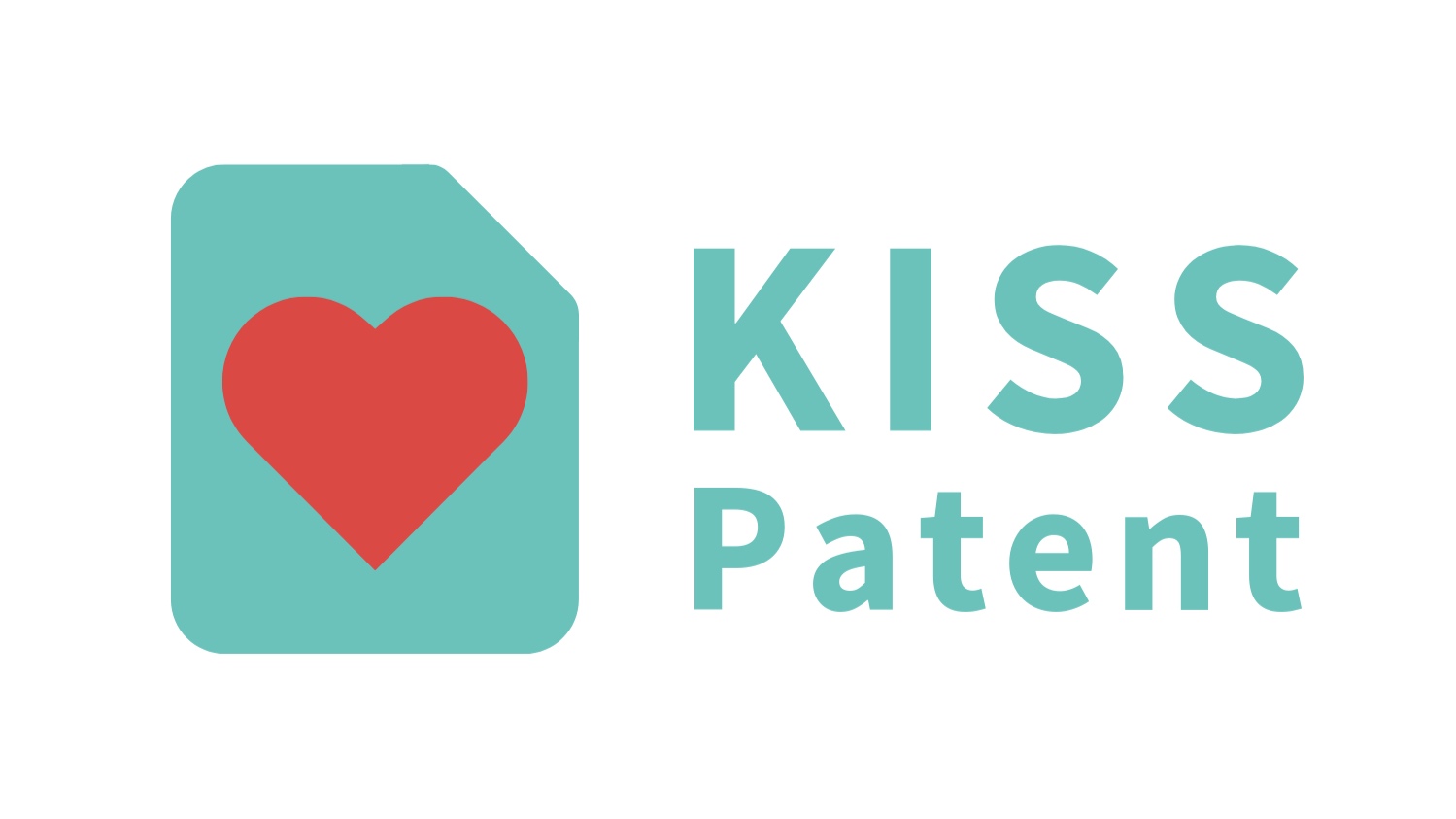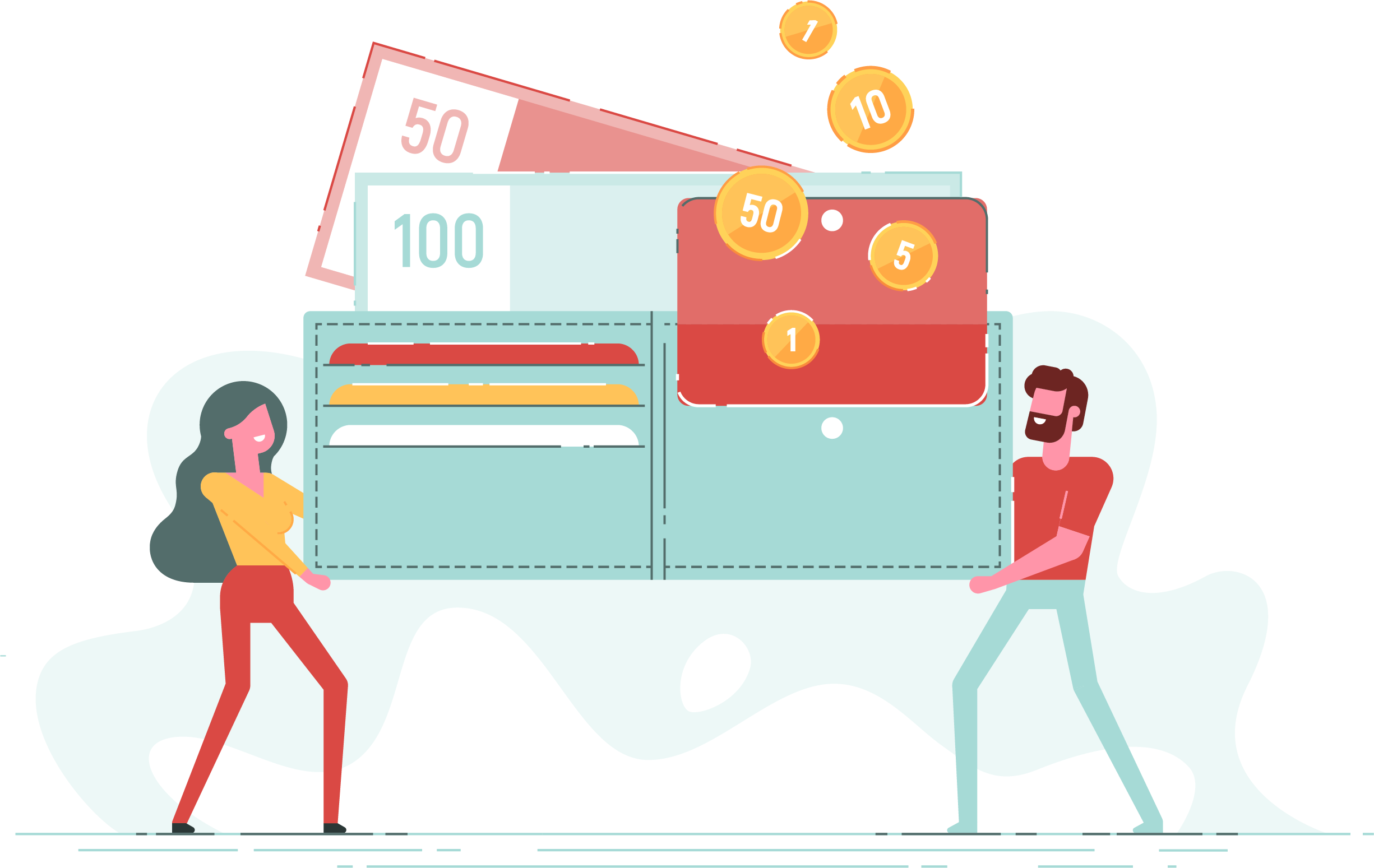When you’re developing an idea and you feel like it’s ready for the world to know, you want to make sure that as many people as possible see it. Right?
You’re looking forward to your app downloads, early adopters, people using your product, or all the money rolling in!
But wait!
Are you sure nobody else will be able to use your idea? Have you protected it so you’re not blocked from the market?
We’ve already talked about the benefits of having a patent so now the question is when you should file for it. We always get asked if it’s better to patent first or to publish first.
When you’ve worked this hard, you want to publish your idea as fast as possible, but we’re here to tell you that you also need to seriously think about getting a patent for it.
Here are a few things to consider if you’re wondering if it’s better to patent first or to publish first.
#1 You need a strategy
Both publishing first and filing for a patent first have advantages but those don’t matter if you don’t have a strategy.
We’ll discuss these benefits later, so keep reading!
We’ve had clients that are eager to share their ideas with the world and they want to publish as fast as possible, but they’ve had strong patent strategies in place to make sure their ideas are protected.
Filing or publishing first are business strategies — you can’t just wing it.
Regardless of which route you choose to take, you need to plan ahead.
#2 You need to understand what publishing means
So, what does it mean to publish your idea?
Any information you make public about your idea counts as a publication. It can be a blog post, a website, an app, an article, you get it.
Talking about your idea privately is different.
For example, if you’re in a meeting which is invitation only and you indicate that the talk is private, then it wouldn’t count as a publication. But if someone who was not invited wanders into the meeting, then it may count as a publication.
Even having a private talk in a public place — like on a shuttle bus at a conference — could potentially count as a publication.
If you’re not planning to publish first, be very careful!
Start planning your patent strategy!
Take our short survey to find out what type of intellectual property is right for your startup!
#3 You don’t want to file for a patent too early
Sure, it’s possible to file for a patent way before you’re ready. You could end up with a patent that doesn’t even protect your business.
For example, Twitter started life as a side project in a company devoted to podcasting called Odeo. Clearly, if they had focused their patent portfolio on podcasting, it would not have been useful to them today. Their current portfolio includes multiple patents and patent applications that are focused on their business.
How to avoid filing too early? Ask yourself these questions:
Do you know who your idea will help?
Do you know how your idea will work?
Do you have a basic design concept for your idea?
If the answer to all three questions is yes, then you may be ready for a patent!
#4 Don’t wait for too long to file for a patent either
Some rules are meant to be broken, but not when it comes to patents! If you do, you could be blocked by the US Patent and Trademark Office (USPTO) from getting one.
Bear in mind that different countries have different rules.
In the US, for example, you only get one year to file for a patent if you’ve already published your idea.
After that, it’s too late!
This is true for other countries as well — countries where you must file before you publish your idea.
Publishing your idea in the US
Basically, don’t take any chances with your idea. If you’re going to publish, do it — but be careful to protect it first.
#5 The benefits of filing for a patent first
Filing for a patent first always gives you more options and more opportunities for your business strategy.
First, it gives you the chance to also file outside of the US. This is perfect if your business is (or will be) international. For example, if you’re thinking about an app, the chances of it growing outside of the US market are very high.
If you want to file for a patent in China or Europe then you have to file your patent before you publish it. Filing for a patent enables you to protect as much as possible of the details contained within your idea.
Remember patents last for 20 years from the date of filing. Having that protection from the beginning is also a perfect way to ensure your business will grow safely!
#6 Seriously consider getting a provisional patent
Most businesses we’ve worked with have taken the provisional patent route.
They file for a provisional patent, publish their idea, and finally file for a full utility patent in the US or internationally within a year.
A fantastic (and our recommended) cost-effective strategy!
This route is popular because it’s much more affordable, quick, and lets you keep developing and tweaking your idea while being protected.
To read more about the benefits of a provisional patent and how to get one, go here.
#7 Benefits of publishing first
If you publish quickly, you block others from being able to file for a patent for your idea. This is because you (and only you, the inventor who publishes it) get one year of grace period to file in the US.
Another benefit is that everyone will know about your innovation!
But, bear in mind, this is only in the US. In most other countries you do need to file first.
#8 Disadvantages of publishing first
First of all, you’re blocked from filing a patent outside the US! This is a huge disadvantage!
Also, if someone publishes an idea that is related to yours but includes more details during the one year grace period, you’ll be blocked from protecting those additional details.
If publishing first is your strategy, you need to publish a lot of details about your idea in order to protect yourself for one year through publication.
Plus, the one year grace period is absolute — there are no extensions.
If you fail to file your patent in the US before the end of the grace period year, you lose all of your rights to get a US patent.
Bottomline
Patenting fast or publishing fast, what’s better?
We understand that innovators and entrepreneurs like yourself are eager to try and test their ideas out there. And, as you read before, you can!
But, be sure that you’re also taking the necessary steps to protect those ideas.
Our advice is to think long-term and have a strong patent strategy that will both benefit and protect your business!
Wondering if your idea is patentable? Have a question about this article? We can answer all of your questions — just hit "contact us" down below!
































